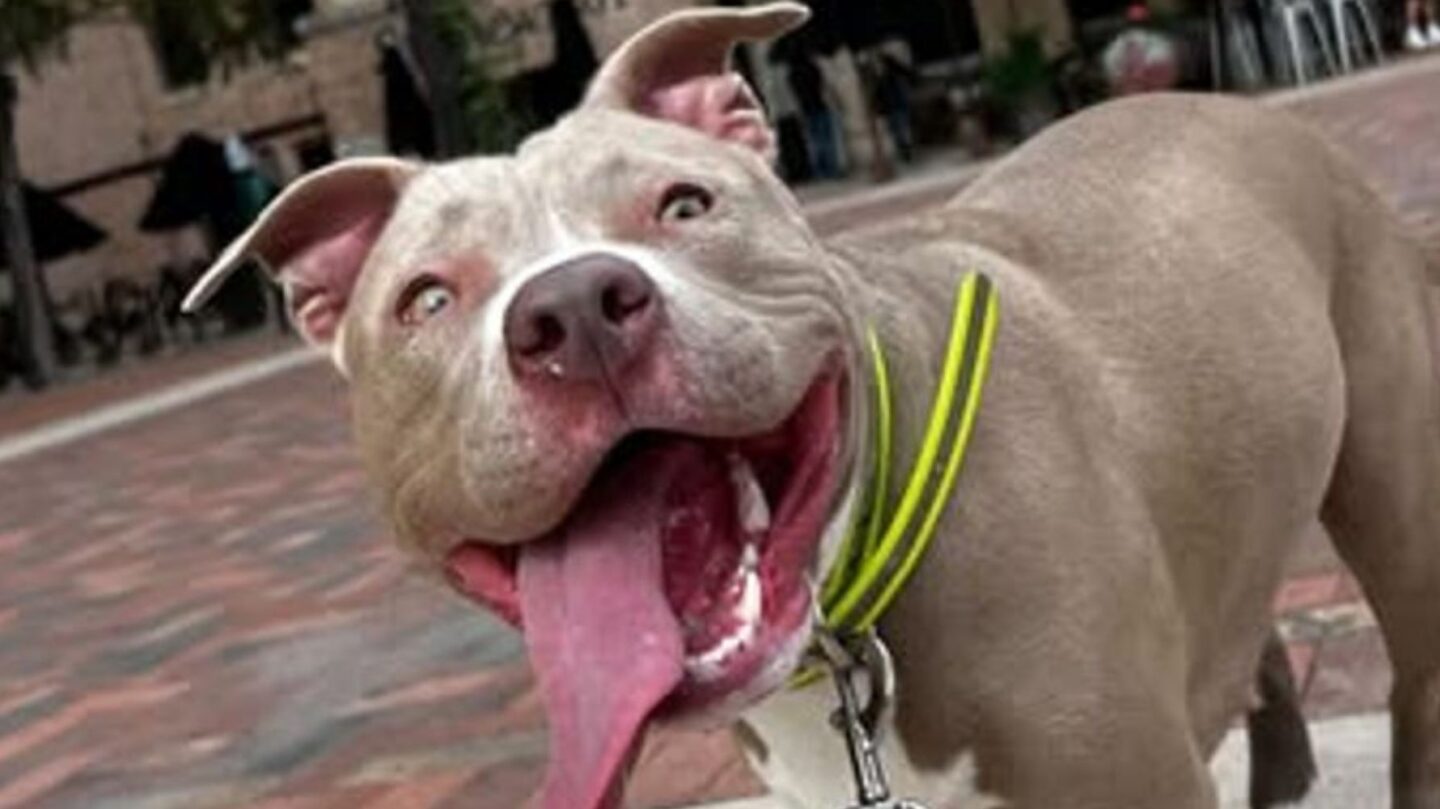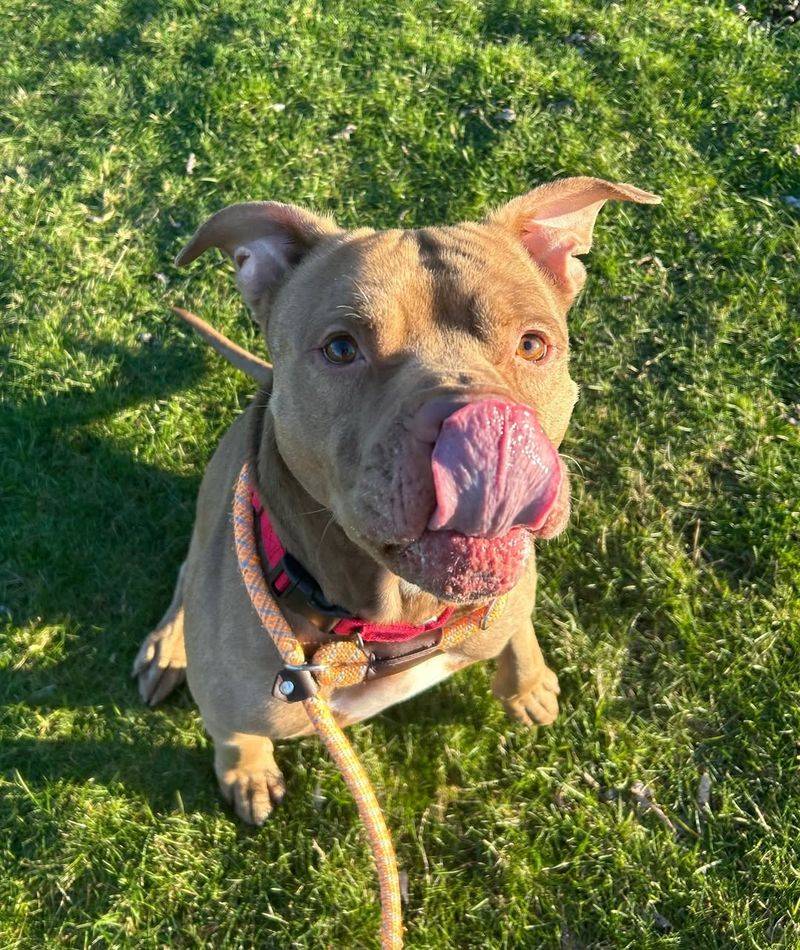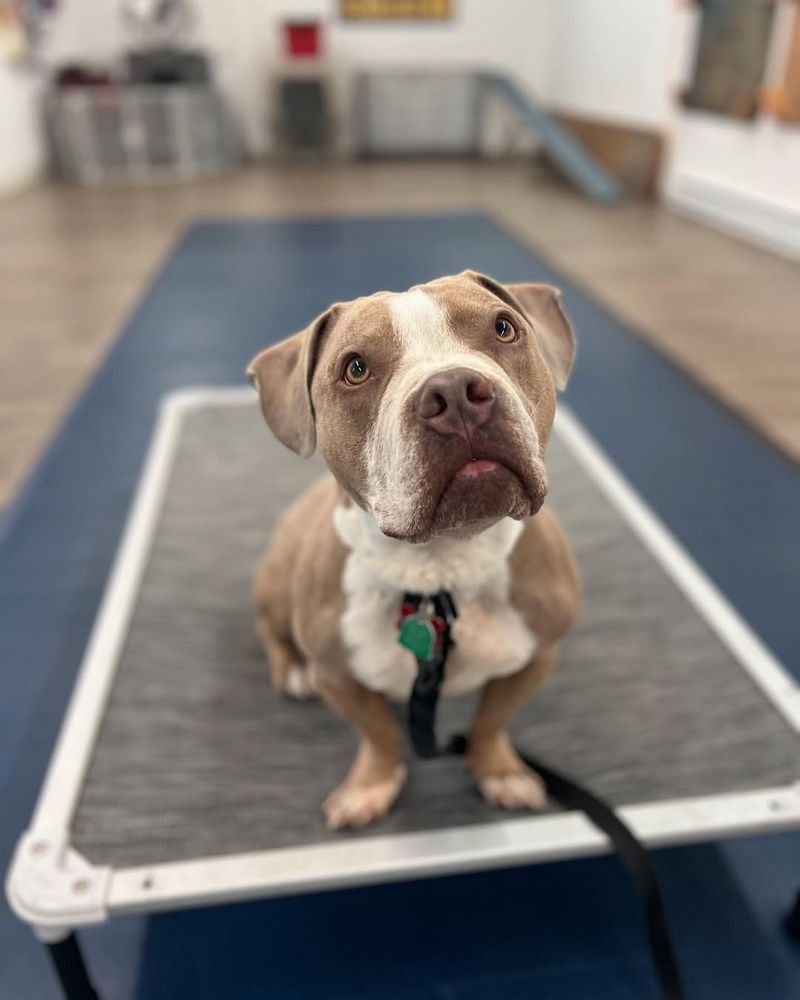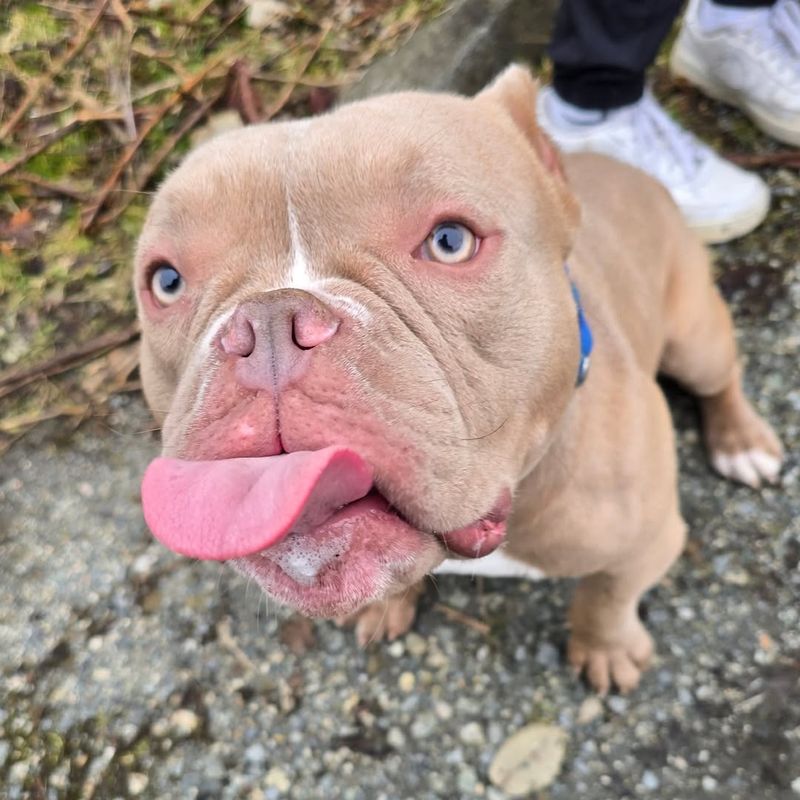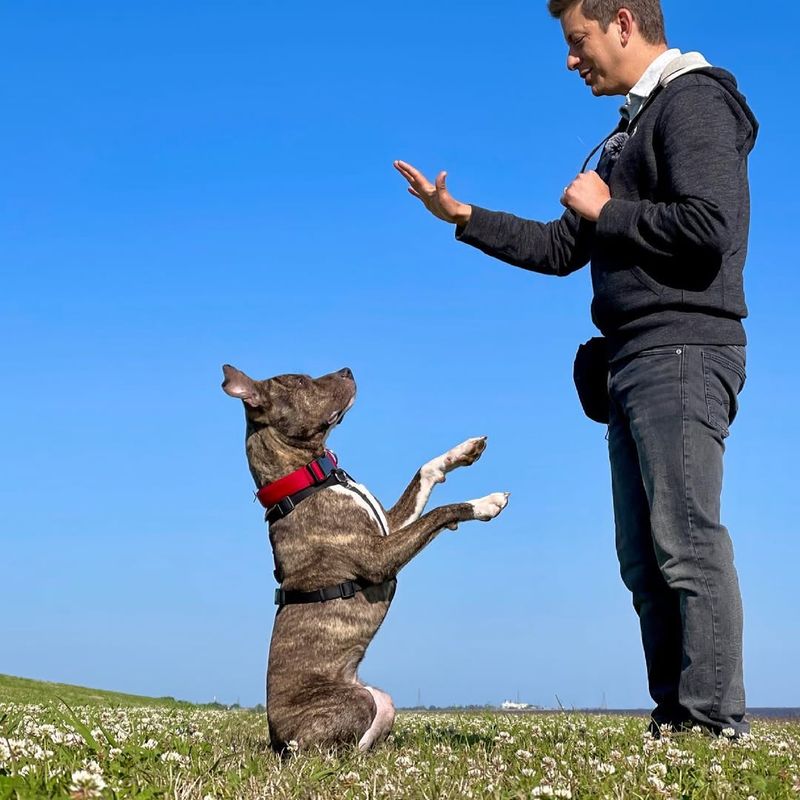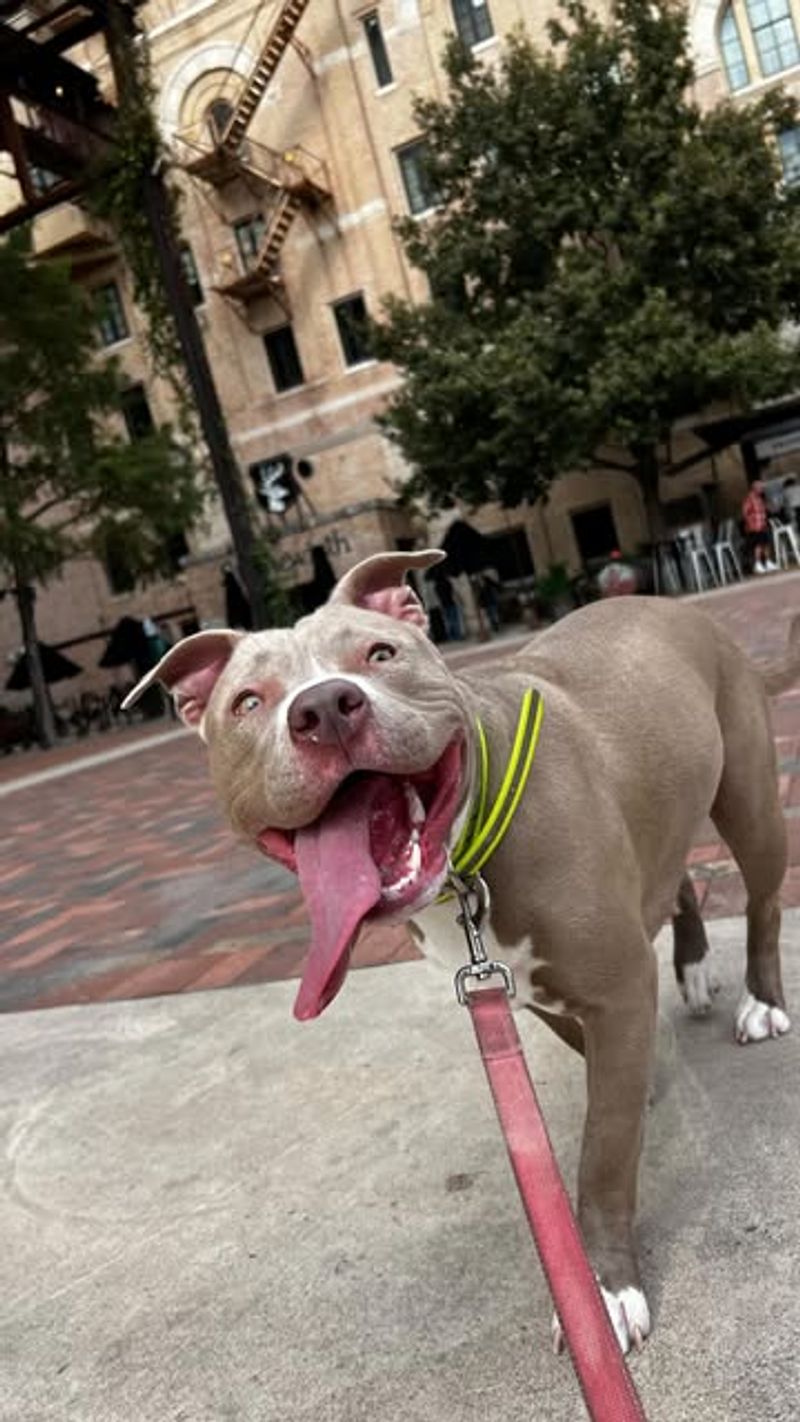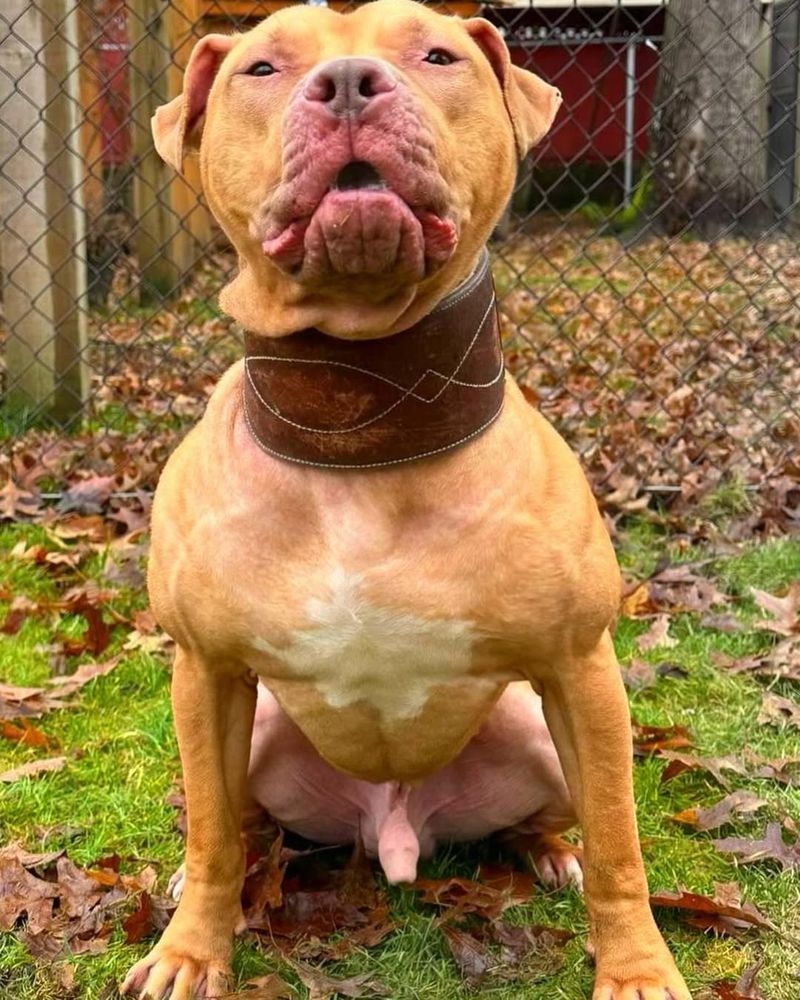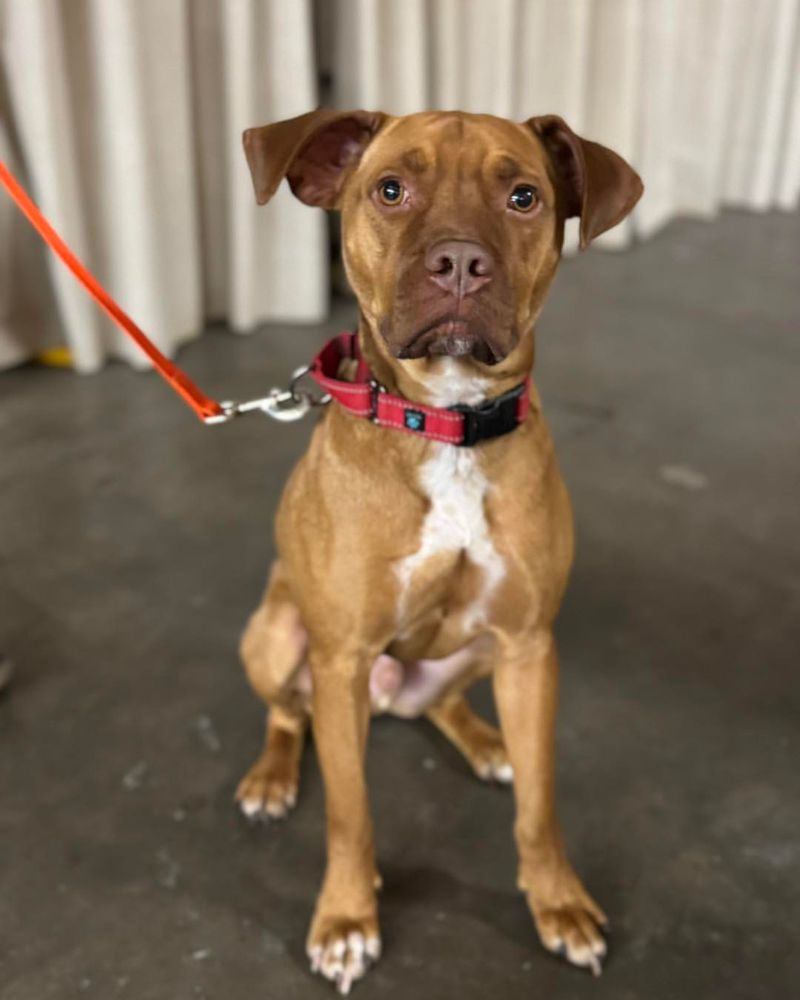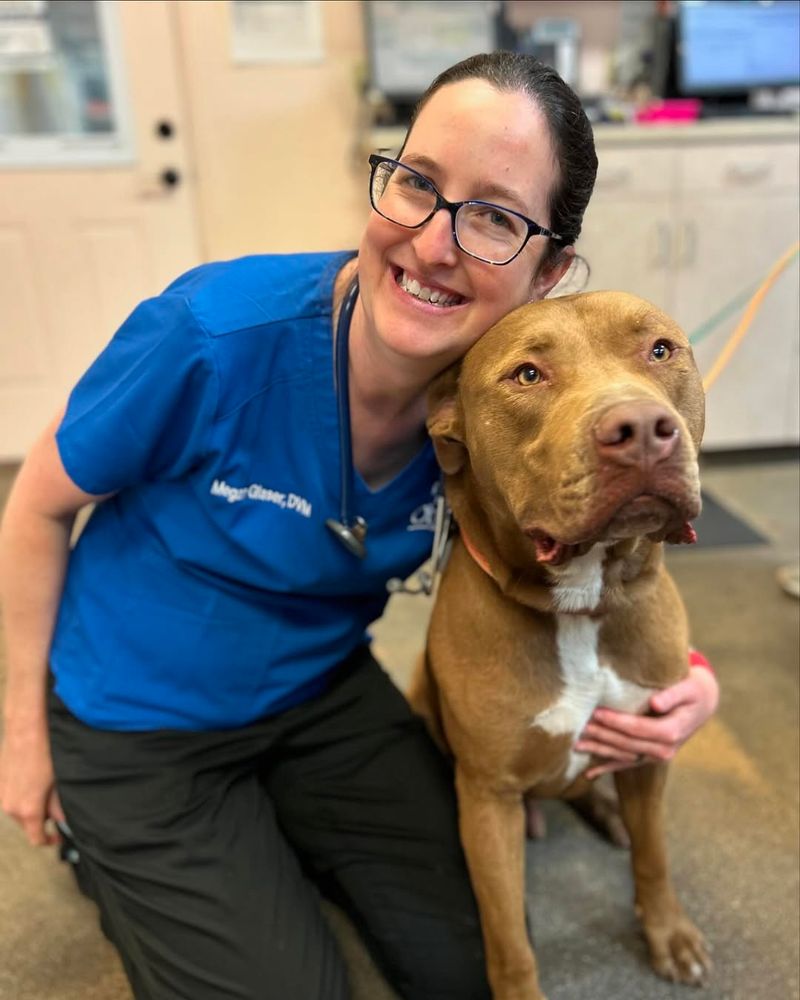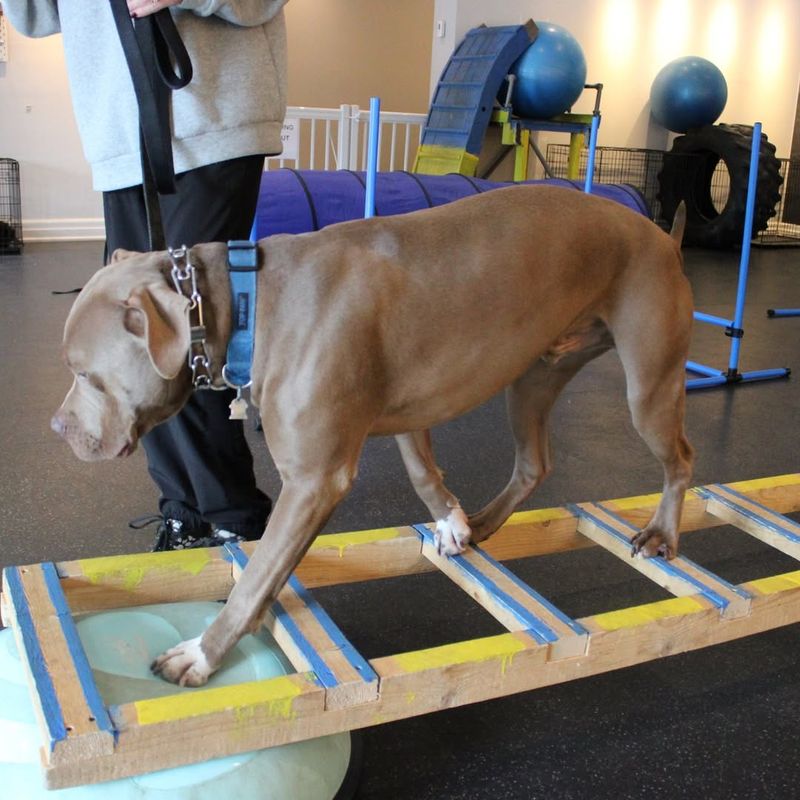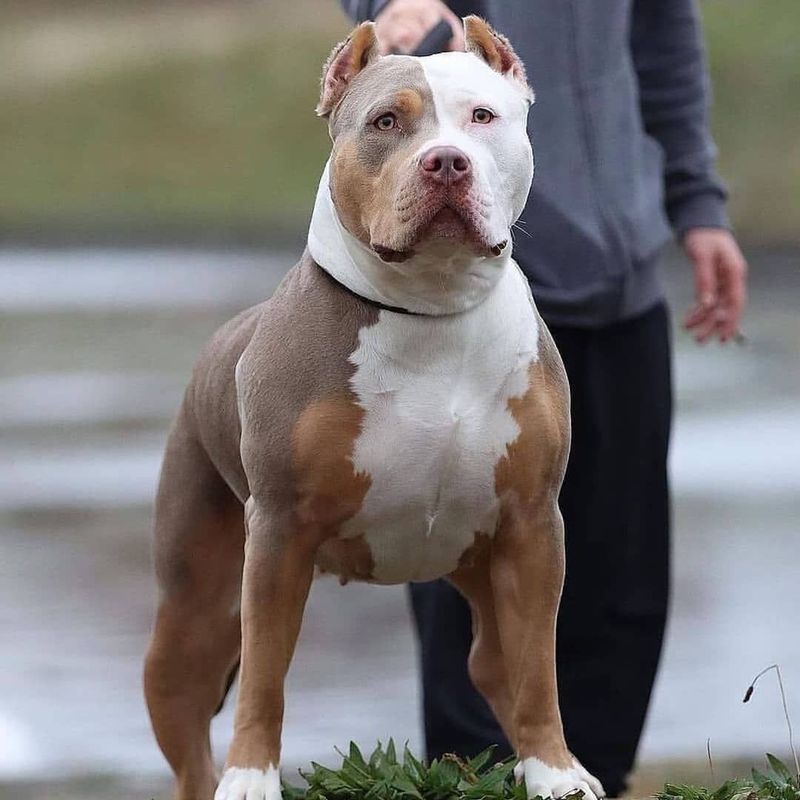Pitbulls often get a bad rap, but with the right guidance, these loyal companions can become exemplary members of the canine community. By focusing on proper training techniques, you can help break the stereotypes and showcase the true nature of your pitbull’s loving and playful personality.
Understand Their Energy Levels
Pitbulls are known for their high energy levels. It’s crucial to channel this energy positively. Regular exercise is key; take them for walks, runs, or play fetch in the park. Always ensure they have a safe space to expend energy. This not only keeps them physically fit but also mentally stimulated. Remember, a tired pitbull is a happy pitbull. Providing puzzles or interactive toys at home can further keep them engaged and prevent any destructive behavior. Understanding and working with their energy can transform them into well-behaved companions.
Start Training Early
Starting training early is essential for pitbulls. From the moment they arrive home, begin with basic commands like sit, stay, and come. Early training helps establish a bond and sets expectations for behavior. Puppies are like sponges; they absorb lessons quickly. Positive reinforcement is crucial—reward them with treats or affection when they follow commands. Consistency is key, so ensure everyone in the household is on the same page regarding training methods. Early training lays the foundation for a well-mannered adult dog.
Socialization is Key
Socializing your pitbull from an early age is vital. Expose them to different environments, people, and other animals to build confidence and reduce fear-based reactions. Introduce them gradually to new experiences, ensuring each interaction is positive. Dog parks, community events, or even a walk down a busy street can be great for socialization. A well-socialized pitbull is less likely to develop aggressive behaviors and more likely to be a friendly, approachable pet.
Use Positive Reinforcement
Positive reinforcement is a powerful tool in training pitbulls. Reward-based methods encourage desired behaviors without instilling fear or aggression. Use treats, praise, or play to reward good actions. This approach strengthens the bond between you and your pitbull, fostering trust and respect. Avoid punishment-based methods, as they can lead to resentment and fear. Remember, a motivated pitbull is one that learns quickly and eagerly.
Consistency in Commands
Consistency is crucial when training pitbulls. Use the same commands and gestures to avoid confusion. If you say “sit,” ensure everyone uses that word, not “settle” or “rest.” This clarity helps them understand what is expected and reinforces learning. Consistency extends to rules within the home—decide on boundaries and stick to them. By maintaining consistent training practices, your pitbull will become a reliable and well-behaved pet.
Understand Body Language
Understanding your pitbull’s body language can prevent misunderstandings and ensure effective communication. Observe cues like tail wagging, ear positions, and posture. These signals can help you gauge their mood and identify stress or discomfort before it escalates. For example, a wagging tail doesn’t always mean happiness—context matters. Being attuned to these signals fosters better interactions and can prevent potential behavioral issues.
Set Clear Boundaries
Establishing clear boundaries is essential for a well-behaved pitbull. Decide on rules early—whether they’re allowed on furniture, in specific rooms, or around dining areas. Consistency in enforcing these boundaries helps your pitbull understand expectations. Use positive reinforcement when they follow rules to reinforce good behavior. Clear boundaries provide structure and help your pitbull feel secure, knowing their place within the household.
Schedule Routine Vet Visits
Regular vet check-ups ensure your pitbull remains in optimum health, which directly impacts behavior. Health issues can often manifest as behavioral problems. Discuss any concerns with your vet, such as diet, exercise, and potential genetic issues. Keeping vaccinations up-to-date and monitoring their health prevents unexpected issues. A healthy pitbull is more likely to be a happy and well-behaved one.
Incorporate Mental Stimulation
Mental stimulation is as important as physical exercise for pitbulls. Engage their minds with puzzle toys, training exercises, or even teaching new tricks. This prevents boredom, a common cause of misbehavior in intelligent breeds like pitbulls. Rotate toys and regularly introduce new challenges to keep their interest piqued. A mentally stimulated pitbull is often more content and less likely to exhibit troublesome behavior.
Enroll in Obedience Classes
Obedience classes can be invaluable for pitbull owners. Professional trainers offer guidance, helping you and your dog learn together. Classes provide structured socialization opportunities in a controlled environment, teaching your pitbull how to behave around others. They also allow you to address specific behavioral concerns. Participating in these classes builds confidence for both you and your pitbull, ensuring a harmonious relationship.
